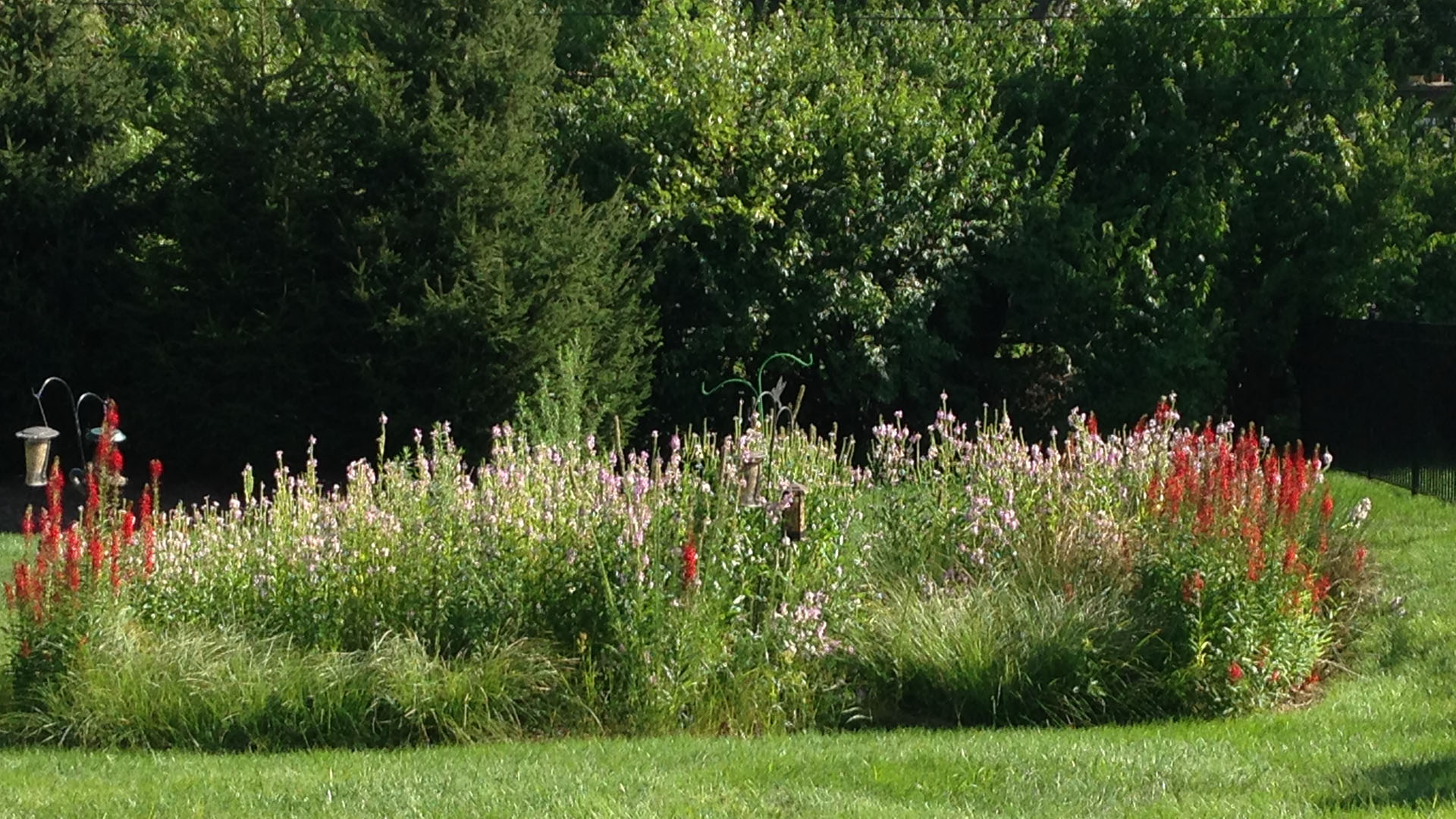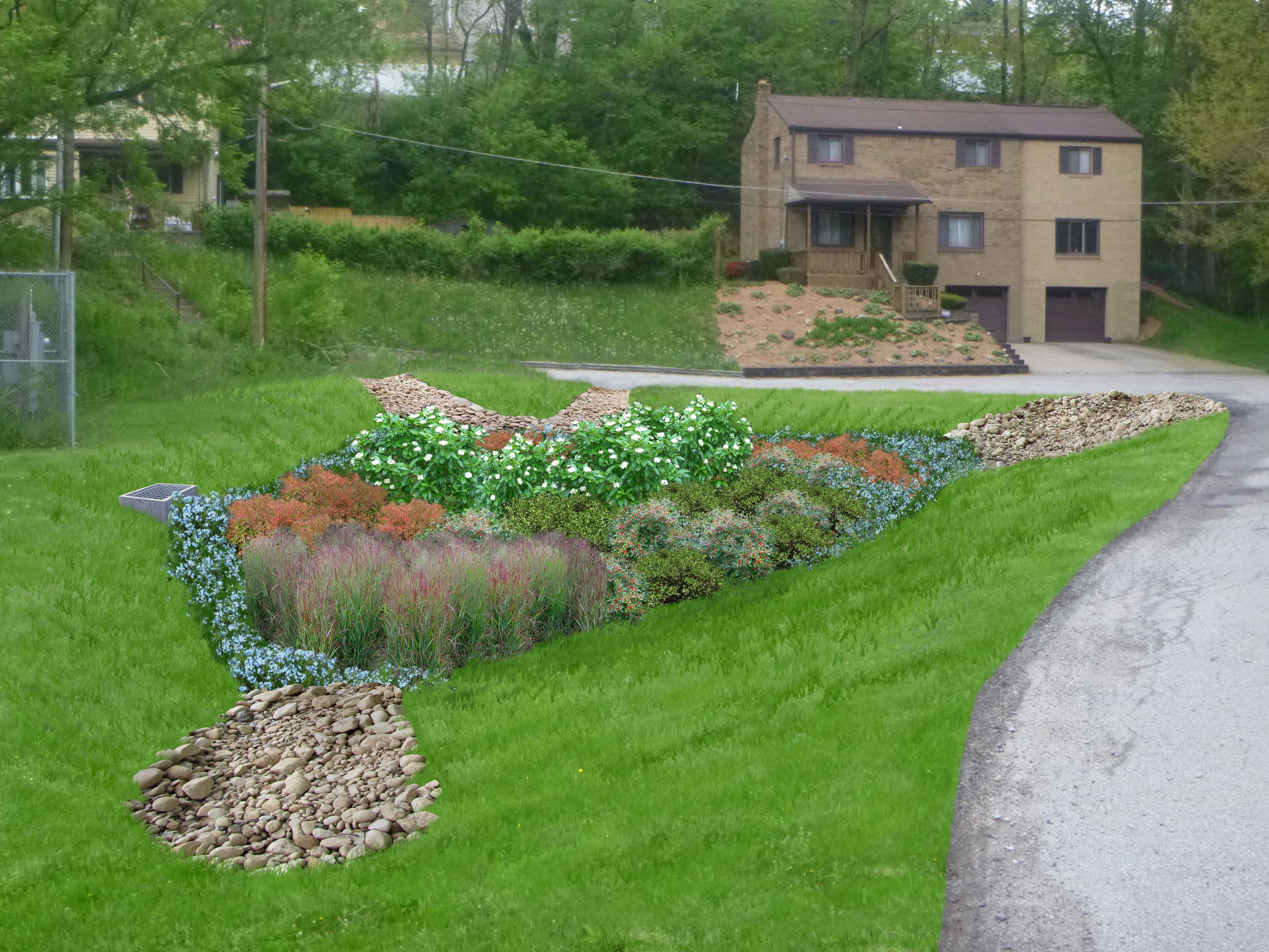
Plants that are likely to occur in wetlands or adjacent to wetlands.Wetland ‘Obligate’ species that are flood tolerant as they will persist in average years and flourish in wetter years.Grasses, Sedges, rushes, wildflowers, ferns and shrubs that have an ‘Obligate’ to ‘Facultative’ designation.The zone most closely resembles a Cultural Meadow or a Cultural Thicket community, depending on the mix of grasses, herbaceous material, shrubs and trees utilized.Ī simplified schematic depicting the three primary zones associated with soil moisture levels and the appropriate plant species selected for each zone's specific soil characteristics, best adapted to the area's growing conditions. The ecology of this zone is terrestrial due to its elevation in relation to the filter bed. The ecology of this zone is a transition from the Mineral Meadow Marsh/Beach-type community to an upland community. This zone is inundated less frequently (2 – 100 year storm events) and has periodically high levels of moisture in the soil. Often referred to as the flood fringe area. This area is frequently inundated during storm events, and is well-drained between rainfall events. Often referred to as the extended detention or shoreline fringe area. Ground Cover/ Vines - 10 cm to #1 or 1 gal. Perennials/Grasses - 15 cm to #1 or 1 gal. Plants should be container grown, balled and burlapped or wire basket.īelow are recommended plant sizes for planting rain garden features:Ĭoniferous Shrubs / Broadleaf Evergreens - 40 cm spread (roughly #3 or 3 gal. Seed planting is not recommended for rain gardens. Plant material per Canadian Standards for Nursery Stock, Eighth Edition. Smaller containers may be easier to purchase, transport, and plant, but it may take longer to have a fully vegetated garden. Since rain gardens are typically smaller scale homeowner projects smaller stock plants may be considered. Otherwise, choose taller plants for the back of the garden tapering the height down to the front of the garden. If the facility is intended to be relatively inconspicuous, then the tallest plant material should be placed into the deepest part of the rain garden.


A simple overflow swale to another area of the garden.A splash pad of stone to prevent the downspout flow from eroding the soil.

The fundamental components of a rain garden are: Community design/build projects for raising awareness about stormwater capture and functional landscapes.Capturing the flow from disconnected downspouts.


 0 kommentar(er)
0 kommentar(er)
